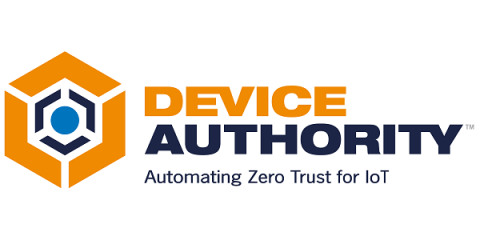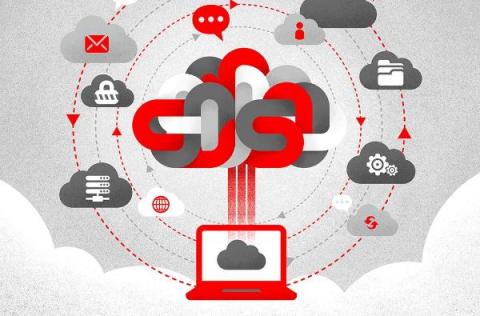Understanding the Principle of Least Privilege in 2023
The principle of least privilege is a crucial element in keeping data secure from malicious users and cyberattacks. This concept puts restrictions on access rights so that only necessary privileges are provided to applications, systems, and users for them to carry out their duties. By incorporating this measure into various platforms/environments, it greatly reinforces cybersecurity as well as the protection against unauthorised use or misuse of information.











